
Sustainability Efforts
Country: Estonia
Explore sustainability efforts in Estonia. The United States Environmental Protection Agency (“EPA”) said it well when they state:
“Sustainability is based on a simple principle: Everything that we need for our survival and well-being depends, either directly or indirectly, on our natural environment. To pursue sustainability is to create and maintain the conditions under which humans and nature can exist in productive harmony to support present and future generations.”
About Estonia
Estonia, located in Northern Europe, is a small Baltic country known for its digital advancements and natural beauty. Tallinn, the capital city, is famous for its well-preserved medieval old town, cobblestone streets, and Gothic architecture. Estonia has a highly developed digital infrastructure and is considered a leader in e-governance and digital innovation. The country boasts picturesque landscapes, including forests, lakes, and coastal areas. It has a rich cultural heritage with traditional folk music and dance being important aspects of Estonian identity. Estonia places a strong emphasis on education and has a thriving startup scene. With its blend of history, technology, and scenic landscapes, Estonia offers a unique and modern European experience. Sustainability efforts in Estonia will enhance the country’s future.
Sustainability Efforts
Toggle each button below to “open” and “close” the presented data.

Poverty: Estonia has implemented various social policies and programs to combat poverty. The government provides social assistance and support to vulnerable groups, such as low-income families, elderly individuals, and persons with disabilities. The poverty risk rate in Estonia has been decreasing, with a significant decline according to Eurostat.

Hunger: Estonia has focused on ensuring food security and reducing hunger. The government has implemented programs to support local food production, promote sustainable agriculture practices, and improve access to nutritious food for all citizens. Initiatives like food banks and community-based programs have been established to address immediate food needs and tackle food insecurity.

Healthcare: Estonia has made significant progress in providing quality healthcare services to its population. The government has invested in healthcare infrastructure, improved access to primary healthcare services, and enhanced medical technologies. Estonia has one of the highest life expectancy rates in Europe, with an average life expectancy of over 80 years.
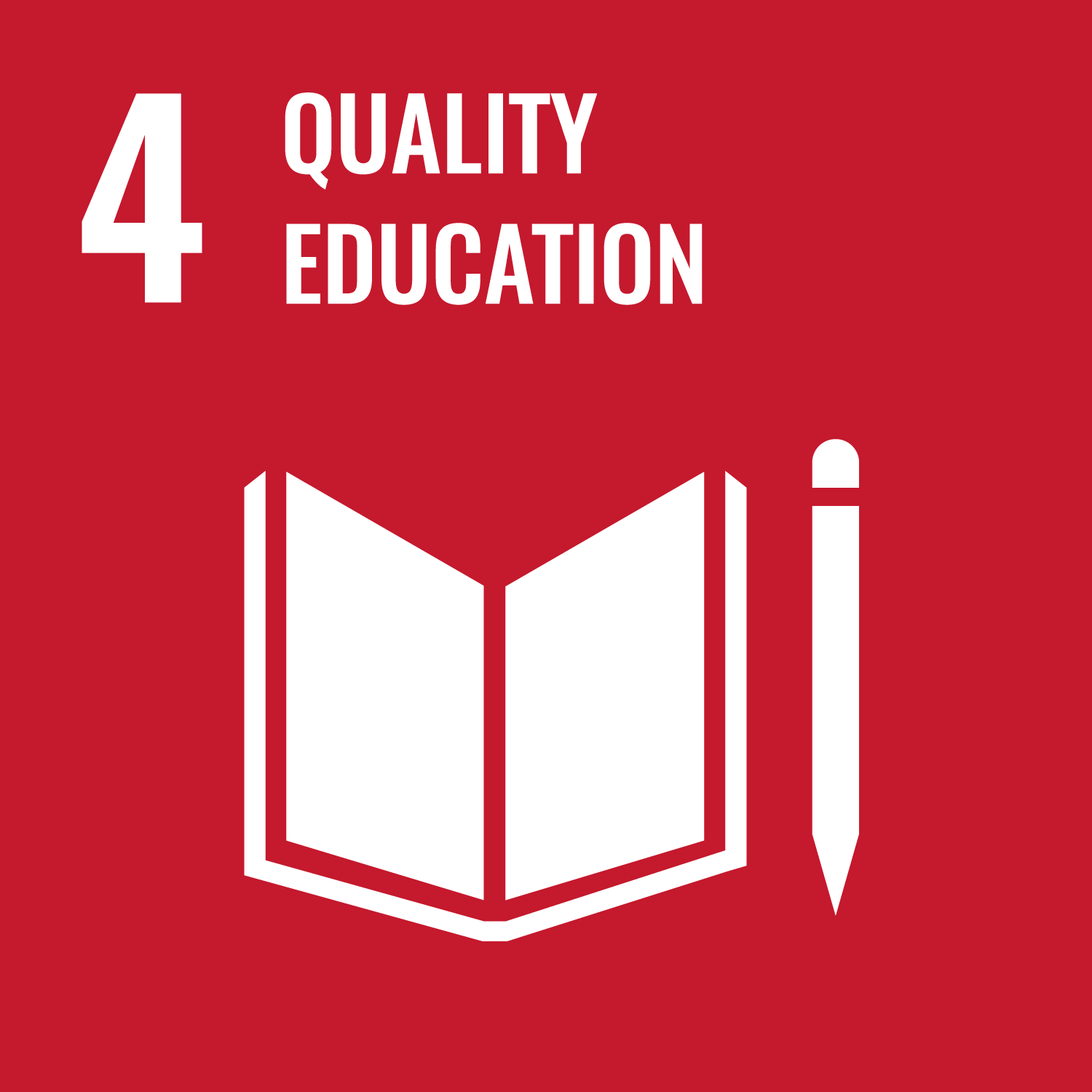
Education: Estonia places great emphasis on education and has implemented comprehensive reforms to improve the quality and accessibility of education. The government has invested in modernizing educational facilities, enhancing teacher training, and promoting digital literacy. Estonia's education system is highly regarded globally, with excellent performance in international assessments like PISA.

Gender Equality: Estonia is committed to achieving gender equality and promoting women's empowerment. The government has implemented policies to address gender-based discrimination, promote equal opportunities in the workplace, and enhance women's participation in decision-making roles. Estonia ranks high in gender equality indexes, such as the Global Gender Gap Report.

Clean Water Sanitation: Estonia has implemented rigorous water management and sanitation practices to ensure clean and safe water for its citizens. The government has invested in water treatment facilities, monitoring systems, and environmental regulations to protect water resources. As a result, Estonia has excellent water quality, with 97% of its population having access to clean drinking water.
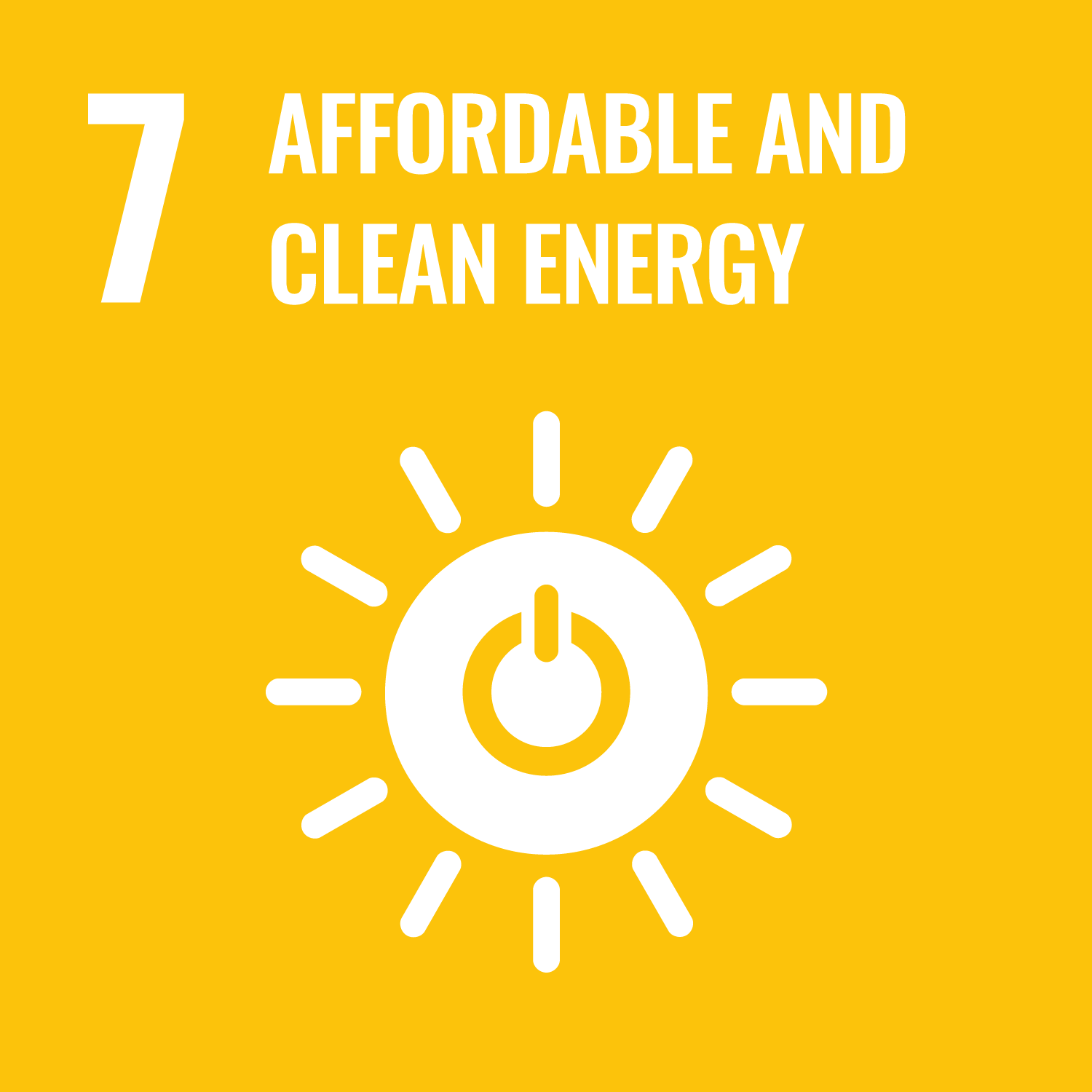
Affordable Clean Energy: Estonia has made significant progress in transitioning to affordable and clean energy sources. The government has invested in renewable energy projects, such as wind and biomass, and has reduced its reliance on fossil fuels. Estonia has achieved remarkable success in energy efficiency, with a significant decrease in energy consumption per capita.
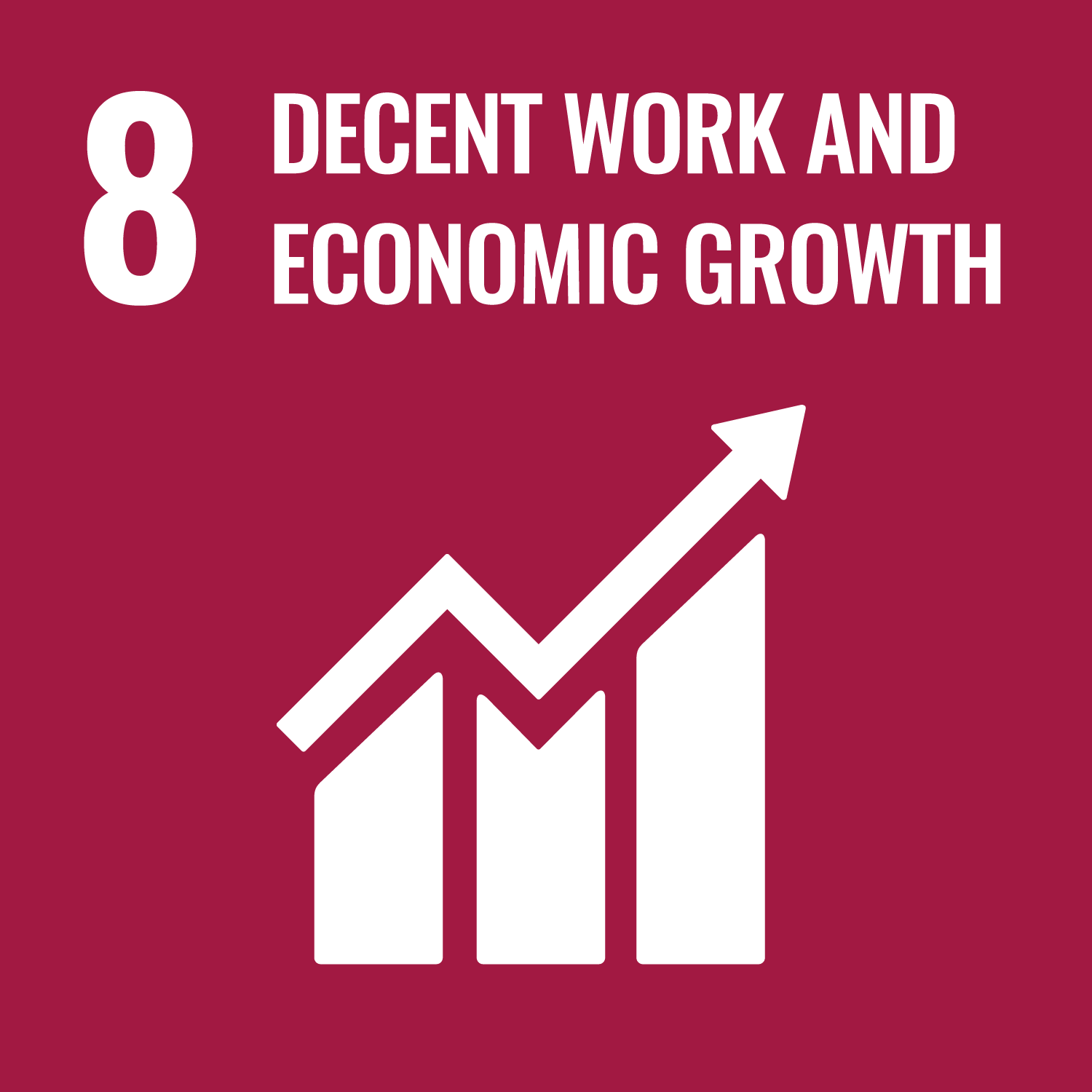
Economic Growth: Estonia has experienced strong economic growth in recent years. The government has implemented policies to promote entrepreneurship, attract foreign investments, and diversify the economy. Estonia's digital innovation and tech startup ecosystem have contributed to its economic growth and increased competitiveness.
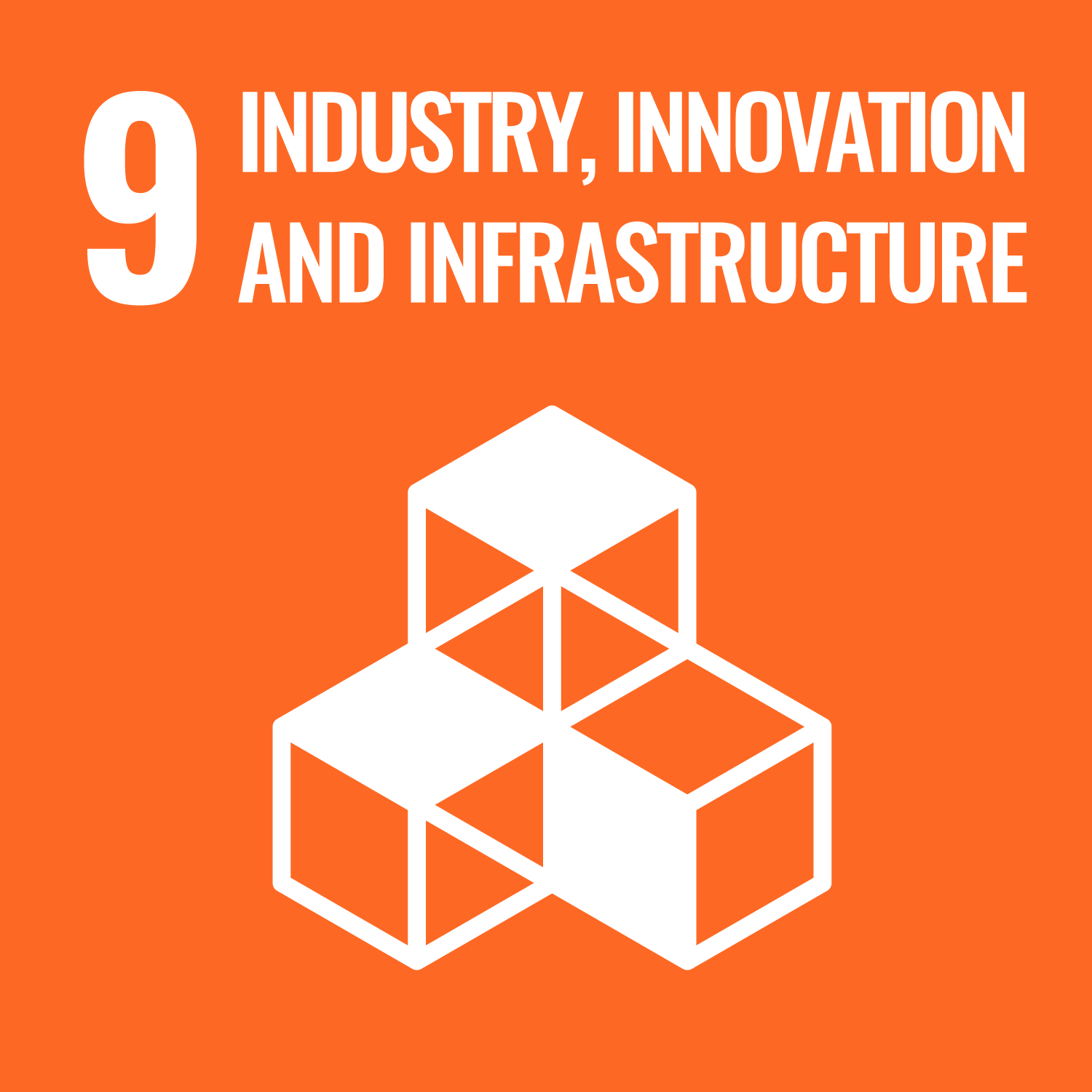
Industry Innovation: Estonia is known for its innovative and technology-driven industries. The government has created a supportive environment for startups and fostered collaborations between research institutions, businesses, and entrepreneurs. Estonia ranks highly in various innovation indexes, reflecting its commitment to industry innovation and technological advancements.

Reduced Inequalities: Estonia strives to reduce inequalities and promote social inclusion. The government has implemented social welfare programs, educational initiatives, and employment support to bridge the gaps between different social groups. Efforts have been made to reduce income disparities and ensure equal opportunities for all citizens.

Sustainable Cities: Estonia is committed to developing sustainable cities and urban areas. The government has implemented urban planning strategies to promote green infrastructure, efficient public transportation systems, and sustainable waste management practices. Initiatives have been taken to create walkable and livable cities, with a focus on environmental sustainability.

Responsible Consumption and Production: Estonia promotes responsible consumption and production practices to minimize waste and environmental impact. The government has implemented waste management programs, recycling schemes, and awareness campaigns to encourage sustainable consumption habits. Estonia has high recycling rates and is moving towards a circular economy model.

Climate Action: Estonia is actively engaged in climate action and has set ambitious targets to reduce greenhouse gas emissions. The government has implemented policies to promote renewable energy, energy efficiency, and sustainable transportation. Estonia aims to achieve climate neutrality by 2050 and has made progress in transitioning to a low-carbon economy.

Aquatic Environment: Estonia recognizes the importance of preserving its aquatic environment and has implemented measures to protect its marine ecosystems. The government has established marine protected areas, implemented fishing regulations, and promoted sustainable fishing practices. Efforts have been made to monitor water quality, protect biodiversity, and mitigate the impacts of pollution.
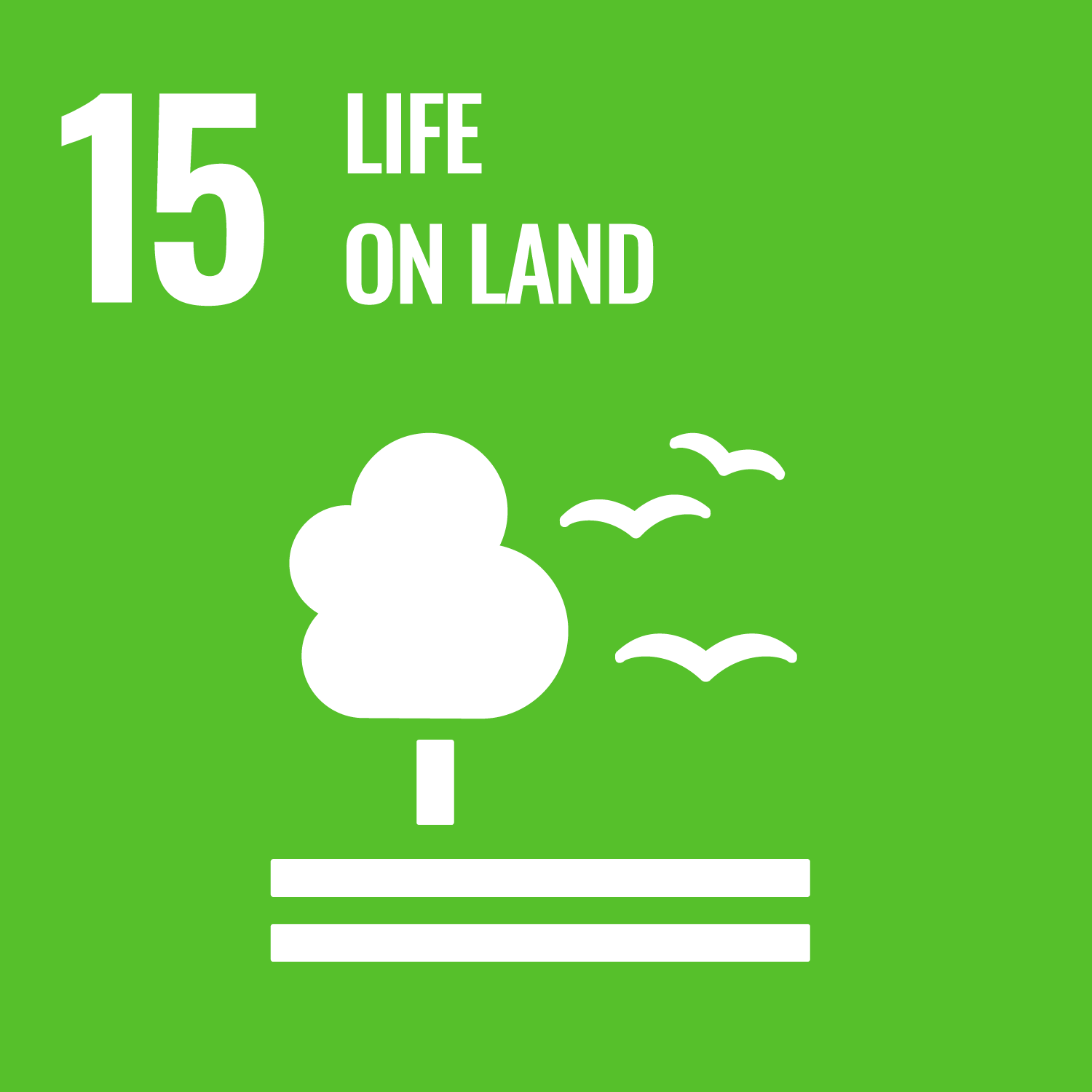
Natural Environment: Estonia values its natural environment and has implemented initiatives to protect its forests, wetlands, and wildlife habitats. The government has implemented conservation programs, reforestation efforts, and environmental regulations to preserve biodiversity. Estonia has a network of protected areas and national parks that safeguard its natural heritage.

Peace and Justice Institutions: Estonia has a robust system of peace and justice institutions. The government has established effective law enforcement agencies, independent judiciary, and human rights organizations. Efforts have been made to ensure equal access to justice, protect human rights, and promote peaceful resolution of conflicts.

Partnerships for the Goals: Estonia actively engages in partnerships to achieve the Sustainable Development Goals (SDGs). The government collaborates with international organizations, NGOs, and other countries to address global challenges. Estonia's partnerships focus on various areas, including sustainable development, innovation, education, and environmental conservation, to drive progress towards the SDGs.



